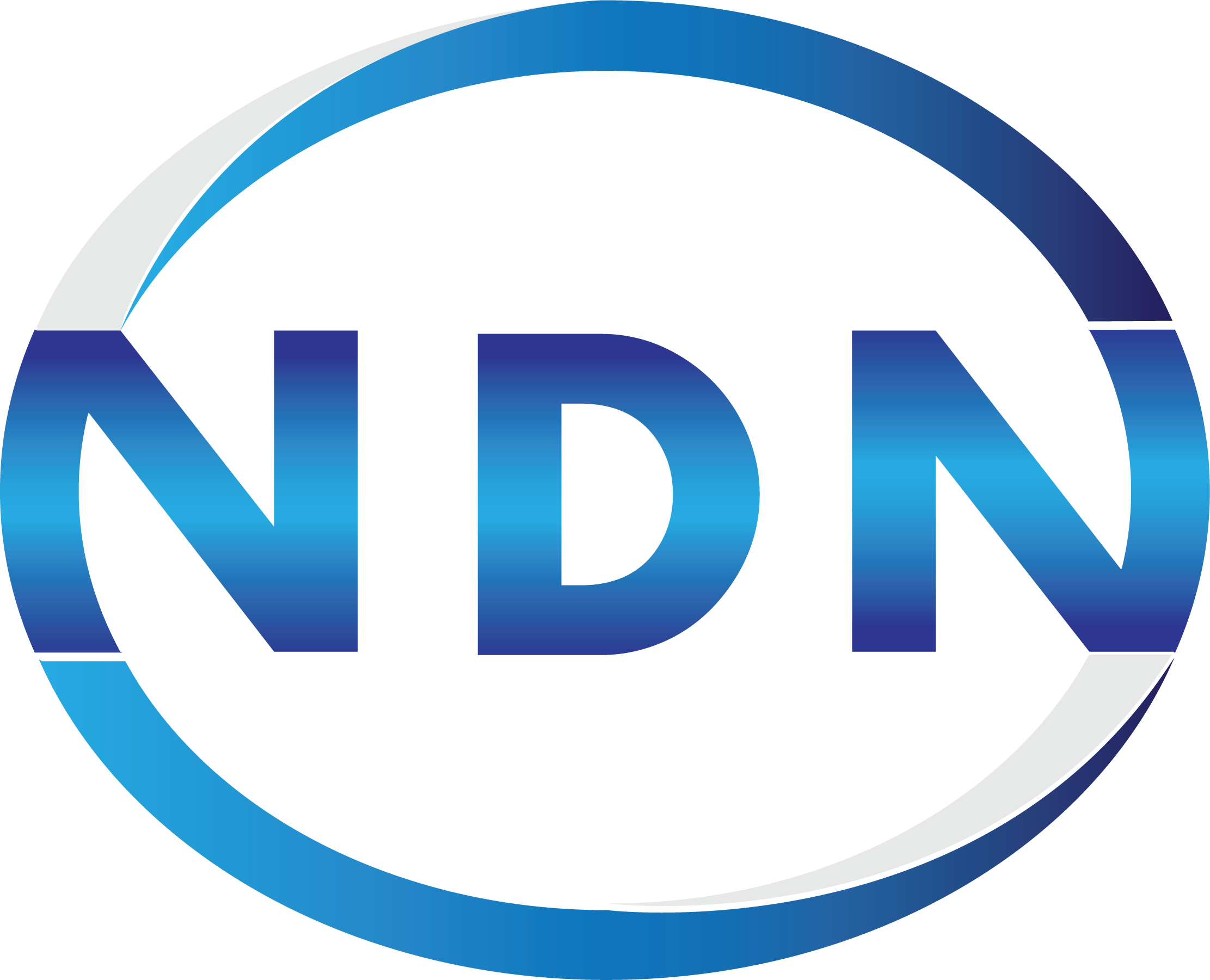Clothoff: The Undress Anyone AI Revolutionizing Digital Interaction
In the age of artificial intelligence, innovative tools are emerging that reshape how we interact with digital content. One such tool is Clothoff, an AI designed to undress anyone in images or videos. This fascinating technology raises numerous questions about privacy, ethics, and its potential applications. In this article, we will explore Clothoff, its functionality, the implications of its use, and the balance between technology and morality.
Understanding Clothoff and Its Functionality
Clothoff employs advanced machine learning algorithms to analyze images and manipulate them to create the illusion of undressing. By using convolutional neural networks (CNNs), Clothoff can identify clothing items, skin tones, and body shapes, enabling it to generate realistic alterations. This technology relies on a vast dataset of images to train its models and improve accuracy over time.
How Does Clothoff Work?
The core functionality of Clothoff can be broken down into several steps:
- Image Input: Users upload an image or video that they wish to alter.
- Analysis: The AI analyzes the image to identify clothing and skin regions.
- Manipulation: Algorithms remove or modify clothing while ensuring the output remains visually coherent.
- Output: Users receive an altered version of the original image or video, showcasing the undressed result.
Applications of Clothoff
While Clothoff’s primary function may seem controversial, there are several legitimate applications for this technology:
1. Fashion and Design
Fashion designers can use Clothoff to experiment with clothing designs and visualize how different styles would look on various body types. This capability can streamline the design process and aid in developing a more inclusive fashion industry.
2. Entertainment and Media
In the film and entertainment industry, Clothoff can assist in creating special effects or enhancing scenes where characters change outfits. It can also be used in virtual fashion shows, allowing designers to showcase their collections without physical models.
3. Art and Creativity
Artists and digital creators might leverage Clothoff as a tool for artistic expression, exploring themes related to identity, body image, and societal norms. It can serve as a medium to challenge perceptions of beauty and clothing.
The Ethical Implications of Clothoff
Despite its potential applications, the use of Clothoff raises significant ethical concerns:
Privacy Issues
One of the most pressing concerns surrounding Clothoff is privacy. The ability to undress anyone in an image can lead to unauthorized alterations of personal images cloth off ai promo code, infringing on individual rights. It could be misused for harassment or exploitation, raising the question of consent in digital interactions.
Impact on Body Image
Furthermore, Clothoff can contribute to unrealistic body images and societal pressures. The easy manipulation of appearances may fuel unrealistic standards of beauty, impacting mental health and self-esteem, particularly among young audiences.
Legal Considerations
As technology evolves, so do the laws surrounding its use. Clothoff could find itself at the center of legal disputes regarding copyright, defamation, and privacy rights. Establishing clear regulations and guidelines is essential in addressing these concerns.
The Future of Clothoff and Similar Technologies
As AI continues to develop, technologies like Clothoff will likely become more advanced and accessible. Here are some potential future directions:
1. Enhanced Algorithms
Future iterations of Clothoff may incorporate more sophisticated algorithms that improve accuracy and realism, making it even harder to distinguish between altered and unaltered images.
2. Regulation and Oversight
With the growing concerns surrounding AI manipulation, there is likely to be increased regulatory scrutiny. Governments and organizations may implement guidelines to ensure ethical use and protect individuals from potential misuse.
3. Public Awareness and Education
As tools like Clothoff become more prevalent, public understanding of their capabilities and limitations will be crucial. Educational initiatives can promote responsible use and reinforce the importance of consent and respect in digital interactions.
Conclusion: Balancing Innovation and Ethics
Clothoff represents a significant advancement in AI technology, offering intriguing possibilities while also presenting ethical dilemmas. As we embrace these innovations, it is crucial to foster responsible use, ensuring that technology serves to enhance rather than undermine our values. The conversation surrounding Clothoff and similar tools must continue, focusing on balancing creativity and ethical considerations in our ever-evolving digital landscape.

No responses yet